London Design Festival - 2022 Round Up
Our insights researcher Emma went to the London Design Festival, here are her top 5 and why we should be paying attention to them.

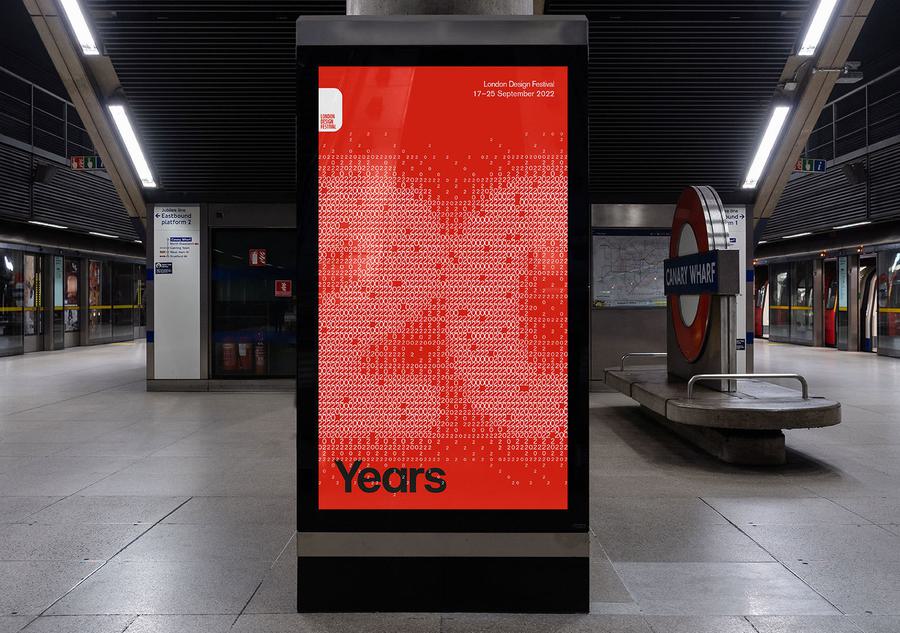
Our insights researcher Emma went to the London Design Festival, here are her top 5 and why we should be paying attention to them.


The London Design Festival celebrated its 20th anniversary this year. The impressive collection of exhibitions, events, workshops, architecture and talks reflects the current mindset of design.
Here are my top 5 that put a spotlight on the following important subjects all with an underlying theme of sustainability: The coexistence of physical and meta realities, emotional connections and imperfection, personalisation, inclusivity and accessibility and sustainable materials.
Into Sight, by Sony Design
The immersive experience, Into Sight, challenges our perspective of the coexistence of physical and meta realities. The digital environment matches the movements of those in the space making interactive art, demonstrating how digital can bring people together in the physical world.
The discussion of how the physical and digital will interact isn’t a conversation that should be left for the future. Instead as a society, we should recognise how it can be used to connect us and is something that will affect all aspects of our life, even if you aren't in the creative industry. https://bit.ly/3rk6Pzv
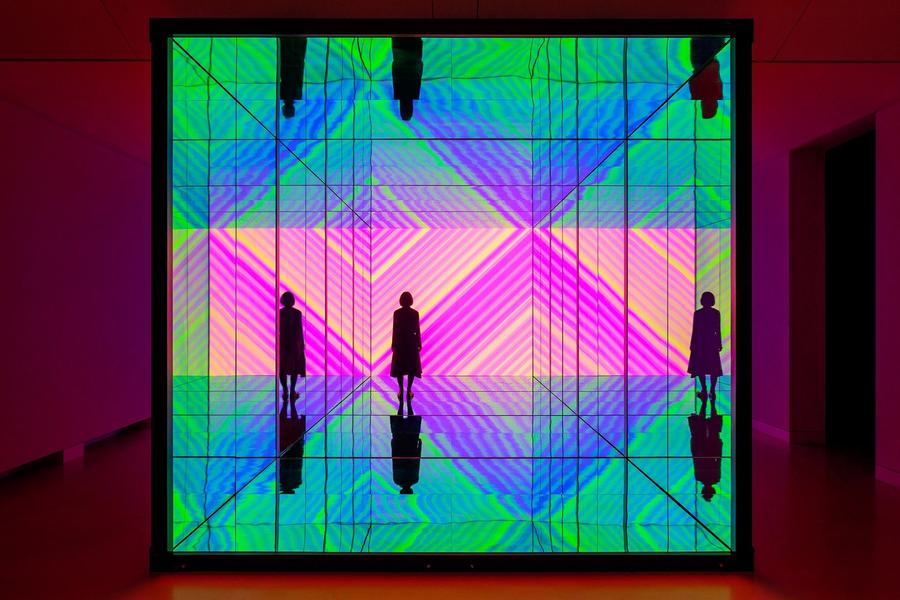


R is for Repair, by DesignSingapore Council, National Design Centre and the V&A
R is for Repair is a comment on consumerism, the global waste output and how we need to start rethinking our relationship with objects, especially ones we consider ‘broken’. The exhibition highlights how objects can be given new life and purpose if we give some creativity and care, which in turn can create a deeper emotional connection.
Whilst retail has recognised the importance of emotional connections through creativity there is still much to explore within other industries. This change in the mental attitude that if something imperfect must be broken can help influence our attitudes toward much more than just products. Not only helping the environment but how we view ourselves within it, a switch we are already starting to see in the younger generations. https://bit.ly/3rhyTDN
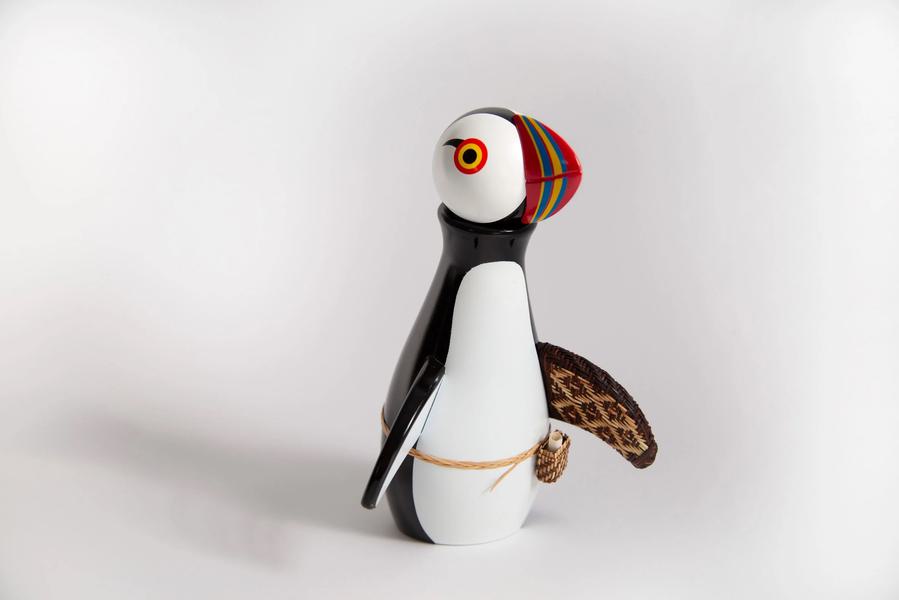
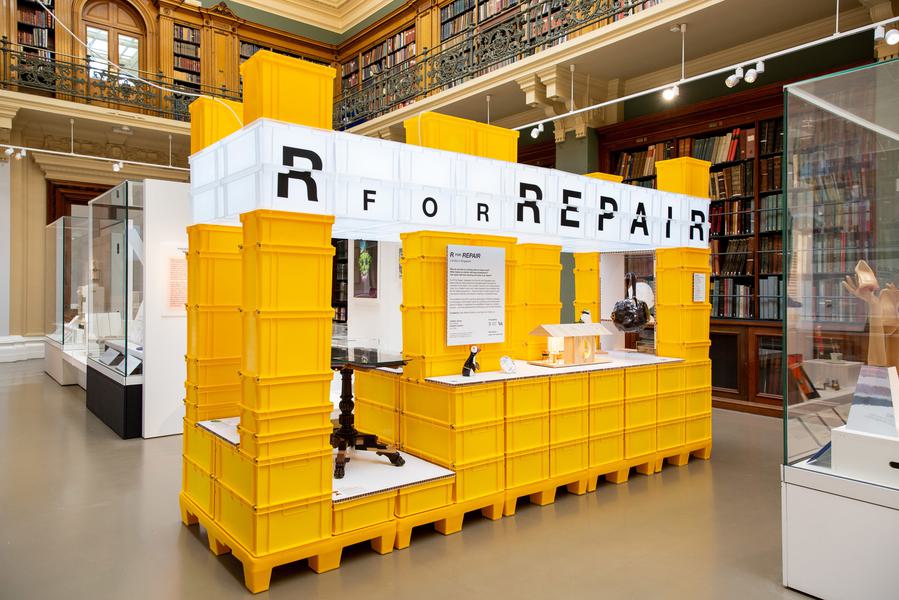

Swivel, by Sabine Marcelis
Swivel is a celebration of materiality and movement next to the busy Tottenham Court Road. The seating encourages the public a moment to pause and offers a juxtaposition due to the natural colourful material in comparison to the surrounding man-made structures.
Swivel highlights the importance of offering a space to stop and rest, but also allowing people the ability to personalise their experience. By giving people the freedom to interact with the chairs how they want, they will be able to have a personalised experience. We have seen the rise in popularity of personalization within retail, Swivel shows us where it could go https://bit.ly/3CsawcP
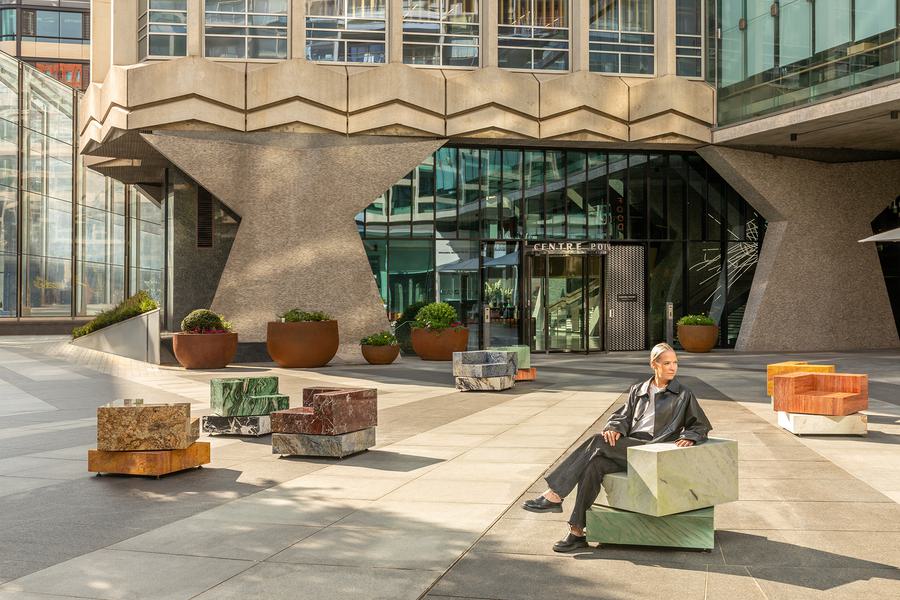
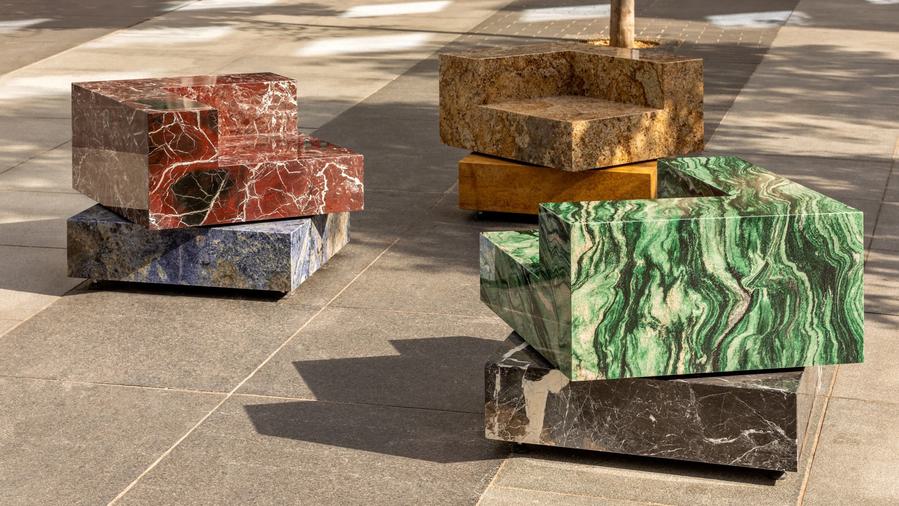
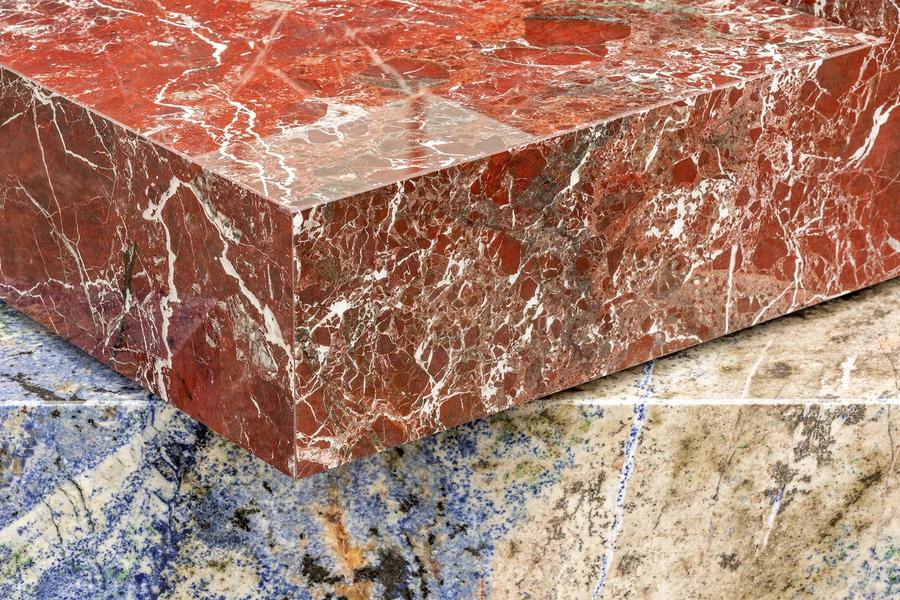
Awakening, by Gary James McQueen, Simon Emmett
The Awakening is a fully digital fashion shoot experience, where you could virtually try on couture garments, be immersed in the set and capture your look through smart-screen technology.
Created by artist/designer Gary James McQueen and photographer Simon Emmett, the collaboration reimagines how new technologies can be used to experience fashion in a more sustainable way. It also helps opens up the conversation of how technology can help inclusivity and accessibility to fashion as the items are digitally tailored to fit any body shape, something which we are seeing brands like Walmart introducing. https://bit.ly/3Cs806t
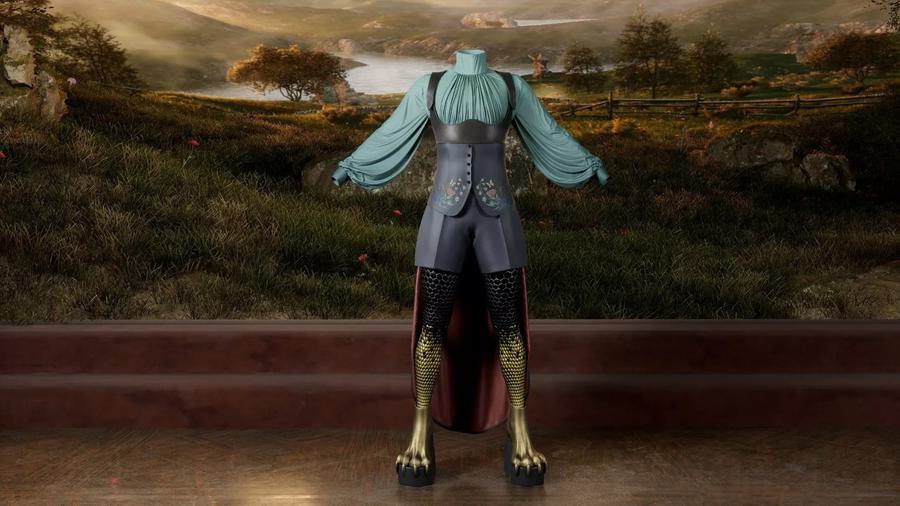
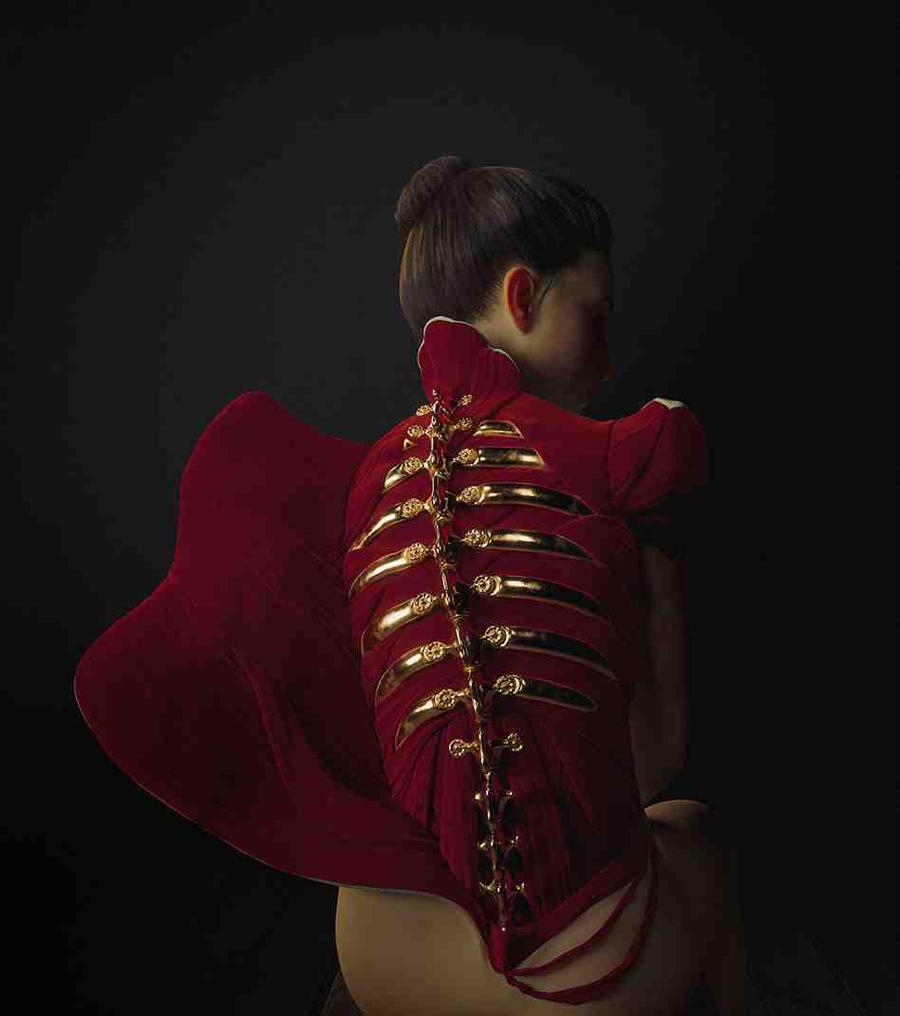
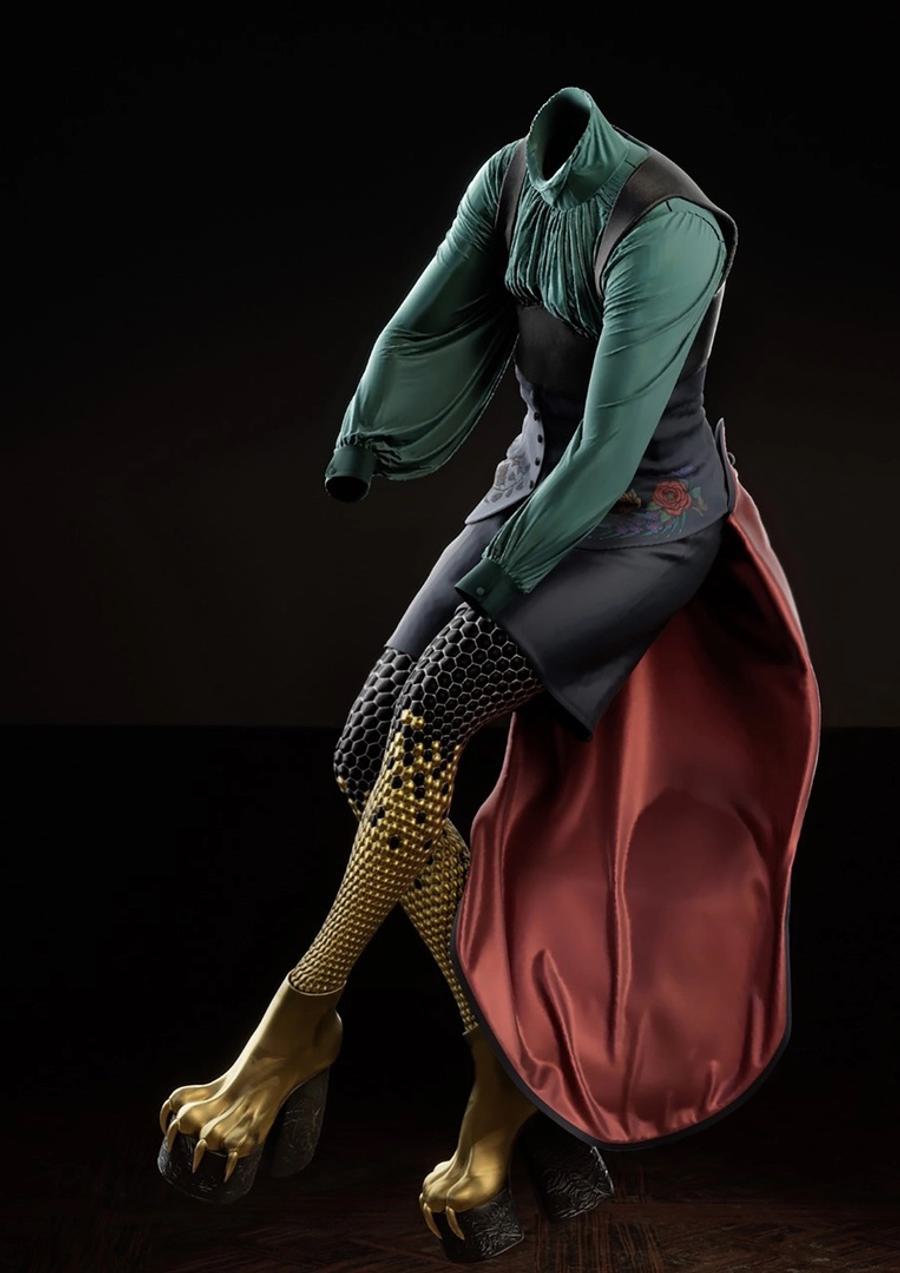
Henge, by Stanton Williams
Lastly, Henge is a sculpture, intended for those who live, work or visit the area to have a space to creatively interact and engage with. The pavilion is made from 150 million-year-old Jurassic limestone, which is a recyclable zero-carbon material.
Matileriaily is an incredibly important subject. Whilst many are looking to create new alternatives for a better more sustainable future, Stanton Williams demonstrates how it is equally important to look to the past, at the materials we already have. https://bit.ly/3UVAKvu
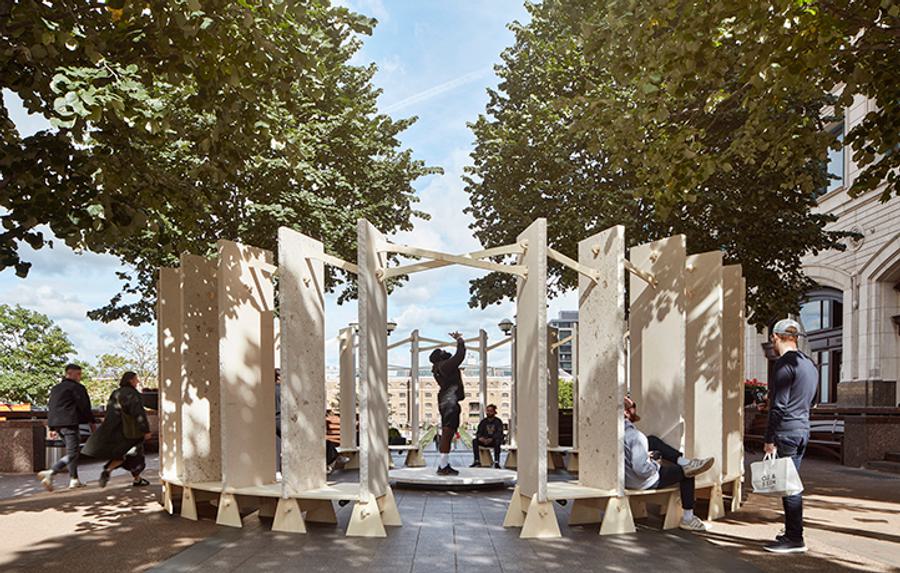

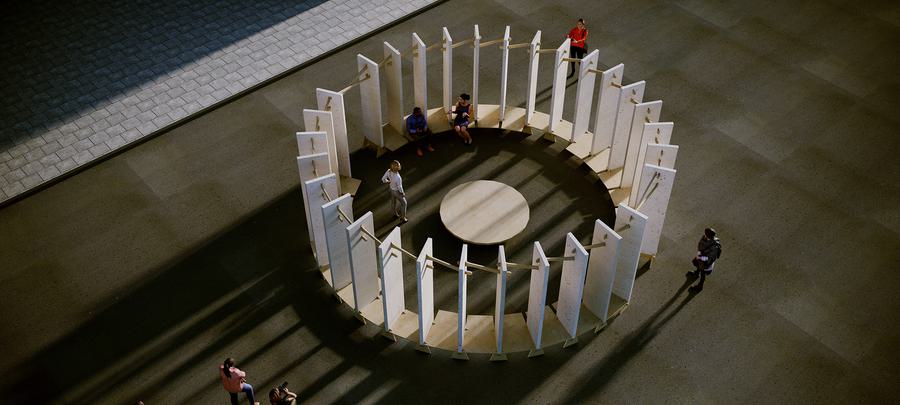
Let us know what you saw at the 2022 London Design Festival.